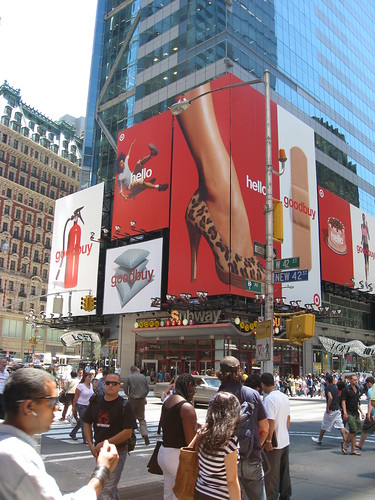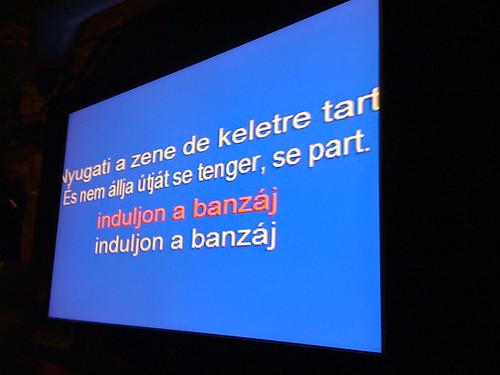Some of you may know that I spent a month in Nicaragua during my civil cervice for the twinning between my old highschool and a technical school in León, Nicaragua. Our school sends a group of pupils there every second year for them to learn about how different people on different spots of the earth live and runs a couple of projects there around energy usage and sustainability – all under an educational umbrella. There are Austrian civil servants in León and over the course of many years, some great things happened around the school and twinning in León. While this might only change the bigger picture a little bit, it does have its effects. Having said that, I might be a bit biased about what is going to follow later. But there’s a second disclaimer: I’m also not that big of a fan of the fair trade concept. I’m not sure whether it provides the right long-term incentive (it may not be sustainable to stay a farmer in the first place) and I’ve learned a bit about the bureaucratic and very expensive certification process. And last but not least, I still do have my troubles calling trades that all partners agree on ‘unfair’.
That said, I’d like to ask you to watch the trailer for Bananas*, a documentary:
My first reaction when I saw Juan Dominguez, the lawyer in the documentary, was apparently the same as the director’s, who, in an interview described him as “the type of person most people wouldn’t buy a used car from.”
In fact, I find both the speeches he gives in Nicaragua and the way he conducts himself appalling. While the case that they present in the documentary seems to be very, very strong and while Dole’s representatives look like they don’t give and gave a shit about the Nicaraguan people, something about Dominguez made me feel a bit uncomfortable about that case. Now in the end, 6 of the 12 plaintiffs are awarded about $2 million and Dominguez wants to bring group after group after group of plaintiffs to court to bring justice to hundreds of workers and Dole (and millions to his law firm).
After I the documentary, I turned to Google to find out more about the lawsuit and what happened later on and found that the suit was overturned, the lawyers were reported for fraud and for coming up with a sophisticated scheme for extorting money out of Dole and that, because of that, no further lawsuits of Nicaraguan farmers are going to be accepted in court. How did Dole do that? They found some anonymous plaintiffs.
In 2007, Dole was found liable for causing six Nicaraguan banana workers to have been sterilized by Dole’s use of the pesticide DBCP and the jury found that Dole acted with malice, fraud and/or oppression. One year later, anonymous Dole witnesses stated that several workers in two upcoming cases had never worked on banana farms and that this alleged fraud had infected all Nicaraguan banana suits. Dole successfully spread their version of the story to international media, which was possible due to a court order protecting the identity of the witnesses, making their stories impossible to double check. Several media articles stated that Dominguez not only risked losing his license, but also “possible prison time”. See LA Times from May, 2009 »
– http://www.bananasthemovie.com/juan-dominguez-cleared-of-any-wrongdoing-by-state-bar
After the court had thrown out the case,
Steve Condie, a solo practitioner in Oakland, Calif. who represents Nicaraguans who worked on Dole’s banana plantations in the 1970s and 1980s, filed a bar complaint in October 2010 against three of Dole’s lawyers, arguing that a newly translated recording indicated that the company bribed witnesses in the form of thousands of dollars in cash and luxury hotel accommodations. The witnesses later testified in secret about alleged fraud between the workers and the plaintiffs’ lawyers.
Fredrik interviews Steve Condie from WG Film on Vimeo.
This was unsuccessfully, however, as
“The State Bar has completed the investigation of the allegations of professional misconduct and determined that this matter does not warrant further action,” the letter reads. “Therefore, the matter is closed.” The letter was signed by Chief Trial Counsel James Towery and Deputy Trial Counsel Melanie Lawrence.
On Feb. 28, Condie said the bar’s decision “reveals a dangerous sinkhole in our legal system when the State Bar can’t fully investigate a complaint against California lawyers because of court-imposed secrecy. The state bar did not exonerate Dole’s attorneys, they simply have dropped the case because they could not investigate the bribery report because of the thick veil of secrecy that Justice Chaney imposed on everything connected with this case. I would have preferred to have had the matter fully and publicly investigated so that the truth could come out. It appears that that will never happen.”
– http://www.law.com/jsp/law/LawArticleFriendly.jsp?id=1202483509606
In March 2011, the appellate court threw out the case again, this time for good.
So much for justice.
Phony plaintiffs and helpers on both sides and many poor men that have definitely been hurt in one way or another, now unable to sue Dole ever again. And still, after watching the documentary, seeing the historic documents and letters showing that Dole didn’t and still doesn’t give a shit, you have a company that is – at least morally – guilty.
A few weeks ago, I was in the supermarket shopping for groceries. I apparently put bananas in my basket and went on to the cashier. Only then I found out that the banans I just bought were Dole bananas. I returned them and saw that these were the only bananas the supermarket had. So I left, without bananas and even more convinced that we live in a low-attention, low-involvement world, in which people in general don’t care much. If I, heavily invested in the topic and the country, almost bought the Dole bananas, why would anybody else care? Or even know in the first place.
http://en.wikipedia.org/wiki/Juan_Dominguez_(lawyer)#Involvement_in_Tellez_v._Dole









